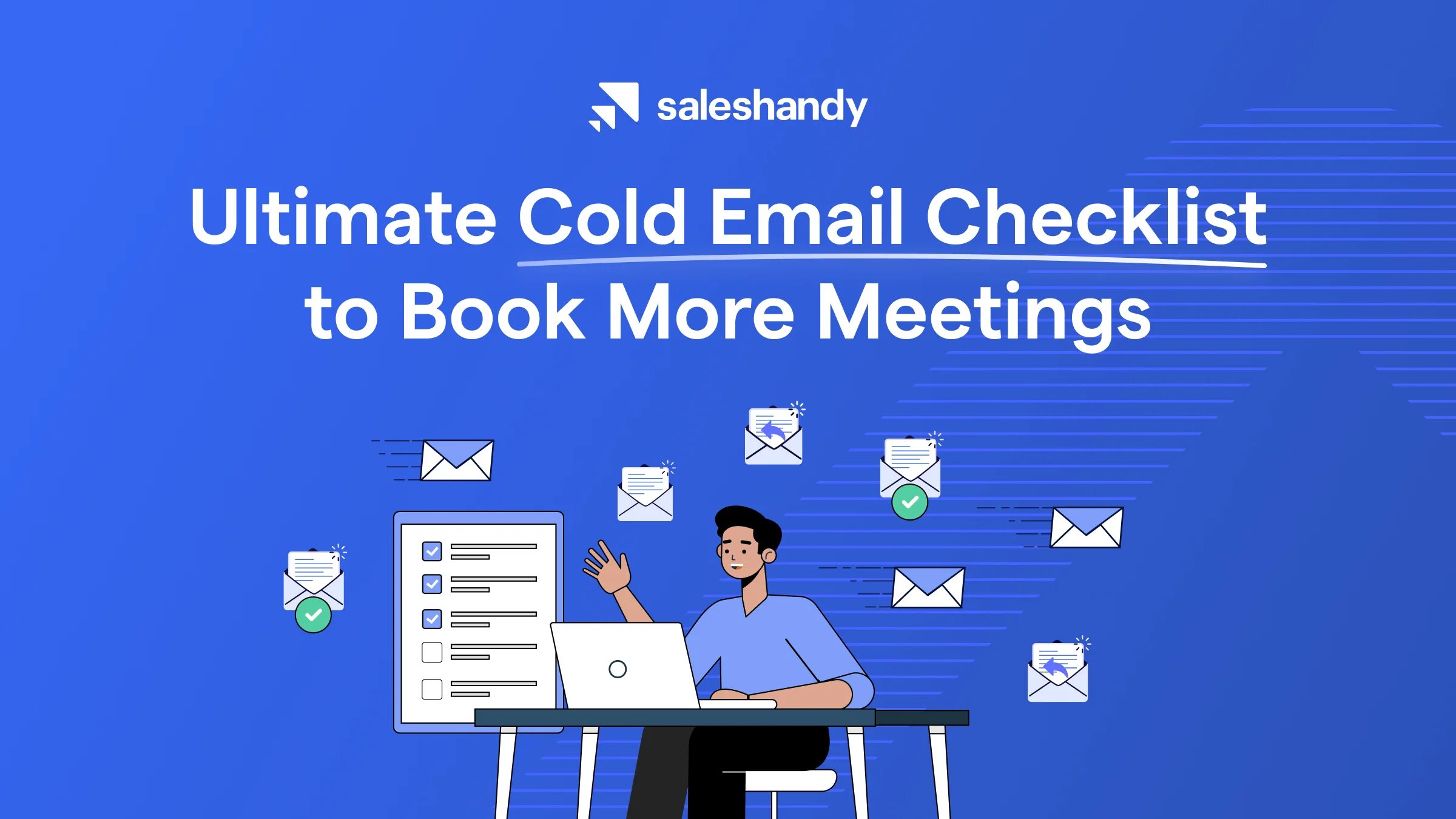Contents
One of the worst nightmares for any email marketers is getting their email blacklisted. As it can negatively affect your ability to reach your subscriber’s inbox.
With the advancement in technology, the occurrence of fraud has increased, and the ISP (Internet Service Providers) has employed different means to protect their users from spam through spam traps, spam filters, and email blacklists.
With all these tools, high engagement and deliverability rates is a tough job for all the professionals.
Avoiding the red hand of the email blacklists and the spam filters is not an impossible task if you regularly keep an email blacklist check and update yourself if your email is blacklisted.
Let us first understand what email blacklists are and how they work.
What is email blacklist?
They are the list of IP addresses and domains that are suspected of sending spam emails. It is a real-time database that helps you decide which emails should be considered as spam and avoided.
The email blacklist tries to protect its users from spam emails and decrease the deliverability of unwanted emails to the users.
There are two types of blacklists:
- IP address blacklisted: It is the collection of the IP addresses that are suspected of sending spam emails or other types of abusive emails.
- Domain blacklisted: It is the list of all the Domains that are found sending spams and misleading the users.
Email blacklists are based on a number of identification algorithms. When your email address is blacklisted, your emails will not land on the primary inbox.
How does an email blacklist work?
When you (Sender) sends an email, it is received by the ISP( Internet Service Provider) (Receiver) who has the upper hand to decide whether your email seems legitimate or not.
The ISP confirms that your IP address is not in any pre-existing blacklist. Once the spam filter shows the green signal, it then goes to the subscriber’s inbox.
Email blacklist is one of the tools that the ISP uses to ensure that the email address is legitimate.
All the criteria for blacklisting the email is based upon the policies of the ISP. Hence, it is necessary that you draft the email as per the guidelines given by the ISP.
How to find out whether you are blacklisted or not?
Being confident is good but overconfidence can lead you to trainwrecks.
Rather than wondering “Is my email blacklisted?”, you need to be sure that you are not on any email blacklist.
To check whether you are blacklisted you need to follow the steps mentioned below:
Step 2: Check through blacklists
Now, let’s explore every step further in detail.
Step 1: Run test
To check if there is an issue with your email, you should always carry out a test using the following tools:
- Mail-Tester

- Glockapps

- Isnotspam

When you open any of these sites, they will ask you to send an email to their email address.
After receiving the email, they will analyze your email and let you know how spammy your email is. Make sure you also do the suggested changes.
Step 2: Check through blacklists.
If you track the engagement and you find that they are dripping low, you can blame blacklists.
You need to do a manual check on various blacklists to find out the reason for your reducing open rates. These blacklists are publically available.
You can check directly through your domain name. Use the following sites to search your domain through blacklists:
- Spamhaus
- Spamcop
- MXToolBox
- MultiRBL
- SURBL
- Invaluement
If you find out that you are listed on one of the blacklists, you need to make a removal request by confirming with them that you are not a spammer.
You will be delisted once a confirmation message is received. This entire process takes around 24 hours.
How to get out of blacklists?
Getting your email out of the blacklist will take some effort, but it is an easy process.
If you’re listed in any of the blacklists, you first need to take action and make the necessary changes.
After that, you can send a removal request. You need to inform the blacklists that you have done the needful and resolved the issues for which you were blacklisted.
Some of the blacklists don’t have an unlisting process. They unlist you if there is no suspicious activity recorded from your account.
You need to be careful once you’re removed from the backlist. As you’re under constant scrutiny.
You don’t want to continue with any activity that might attract the attention of the spam filters. Make sure you avoid the spam filters as much as possible.
Steps to stay away to get blacklisted
Precaution is better than cure. Always consider the following certain guidelines when you draft your email to avoid being blacklisted.
The factors that help you avoid blacklists can be categorically divided into three groups:
Subscription List related Factors:
- Build your email list – Never think of renting an email list from the third party as there are chances that it will include email addresses that are forged and spammy. Hence that might hurt the reputation of your IP address.
- Provide double opt-in – Always send a confirmation email to all the new mailing addresses before you add them to your active mailing lists and set the expectations of email deliverability beforehand to ensure high engagement rates.
- Include an unsubscribe link: Respect the decision of subscribers when they choose to opt-out. An unsubscribe link should be activated in 30 days from sending the mail. This will ensure that you send email to only those that are interested in receiving it. Also according to GDPR, it is mandatory to have an unsubscribe link in your email.
- Request your subscribers to add you to their address book: When you are added to the subscriber’s address list, the blacklists and the spam filters get to know that you are a genuine sender.
Technical factors:
- Monitor email engagement metrics: Always keep track of your engagement metrics. High open rates show that the recipients are reading the content that you share and it assures blacklists that you are not spam. Use tools like Saleshandy to track your email campaigns easily.
- Avoid high bounce rate: Hard bounce rate will be one of the definitive reasons for whether you are blacklisted or not. Make sure you use a good domain while sending your email for a low email bounce rate.
- Increase your open rates: Personalize your emails and add an effective subject line to increase your open rates. Add valuable content and ensure that you follow the guidelines of your service provider while you draft your email.
- Set up SPF and DKIM: Email authentication is important to ensure the blacklists that any mail sent from your ID is verified and that you are a genuine sender. Check out this blog to learn how to set up SPF and DKIM.
Other factors:
- Avoiding manually sending too many emails at one go: It is manually impossible to send too many emails at once. Use Saleshandy to add random time between two emails. This will ensure you do not trigger any spam filters.
- Over-eager follow-ups: Follow ups are important but until they are done cautiously. Don’t keep on following up from a recipient who has already responded or is not interested in you.
Conclusion
Tips to avoid being blacklisted varies from industry to industry, and it is necessary that you update yourself with changing email deliverability laws.
Blacklists do not exist to make your life harder but to ensure that there is no malpractice while you send emails to the masses.
Hence, make sure you are providing good and valuable content to your recipients. That’s the best tip any one will ever give you to avoid email blacklists.





